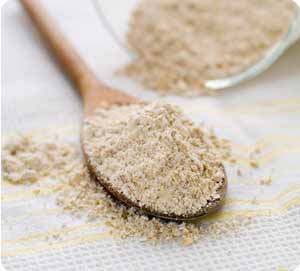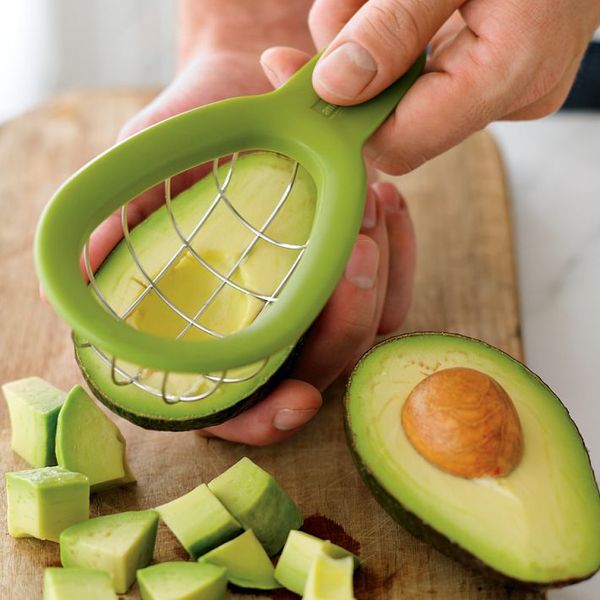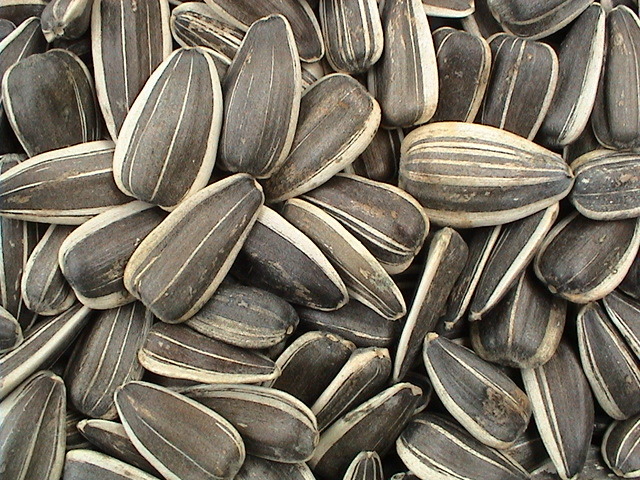Raising a child is tough enough, but when your toddler is autistic, you
will be experiencing a greater degree of difficulty and frustration. Autistic
toddlers can have trouble communicating, recognizing appropriate social
behaviors and may perform repetitive activities that you find annoying. It's
easy to lose your temper, but this often makes the situation worse. Working on
reducing your own temper flare-ups can help in a better relationship with your
child.
Highlights for the four most challenging autism behaviors and advices on how to best handle them:
1-Meltdowns:
- Step 1
- Step 2
Avoid activities that trigger anger. Identify the things your child does that make you the angriest. If he's constantly spilling his drink, try different types of cups with tops. If you get frustrated when he doesn't follow your directions while making a craft, try crafts that are more open-ended, the type that don't have a "right" way of doing them.
- Step 3
Take deep breaths when you feel anger coming on. It may seem cliché, but taking a short break from a situation where you might lose your temper can help calm you down, according to Operation Autism.
- Step 4
Reduce other areas of stress in your life. When life piles it on, you might take out your frustrations on your child. Take time for yourself to do things you enjoy doing, like reading a book or exercising. If there's a part of your day that tends to be particularly stressful, find a way to make changes. For example, if your child has frequent meltdowns during the time when you're trying to cook dinner, you may get less angry if you prepare dinner during his nap time or in a slow cooker in the morning.
2-Sleep Disruption:
Sleep can be tough for kids with autism, as they tend to have highly sensitive nervous systems. Even the slightest variation in their day can affect their sleep for the night.
- Be extremely careful not to give your kid anything that has any caffeine
- Avoid chocolate after 3 PM.
- Make sure he gets a lot of exercise during the day
- Use room-darkening shades, a white noise machine, weighted blankets (Basically anything you can do to make sleep more appealing)
- Teach their bodies that it's nighttime and we're not going to start the day just because you woke up in the middle of the night...A lot of parents feel that when their child wakes up in the middle of the night they have to get him something to eat, turn on the TV, and immediately cater to the fact that he stirred or woke up as opposed to bringing him or her back to bed. Show them a picture of a clock and a picture of Mom and Dad and say: "You can come into our room when your clock matches this clock."
3- Food Sensitivity:
Kids
with autism tremendously picky and selective and limited in what they will eat.
"It's a sensory thing; you have to have lots of trial and error, certain
textures, and certain foods."
- Don't make them eat anything they didn't want to eat. Everybody eats more if they feel relaxed
- Try slow, gentle and positive approach because you want them to take their fear and anxiety around food and transform it into a sense of empowerment and a sense of control.
4- Aggressive Behavior:
Aggressive and self-injurious behaviors are fairly common in children with
autism, when your son acts aggressively; it's usually due to sensory overload
or frustration with his inability to communicate his needs effectively. Most
times, when people better understand the basis for the aggressive or
self-injurious behavior and then accommodate or support the person with autism,
things can improve dramatically…
- Keep scrupulous notes about the toddler and his behaviors and all the factors in his day; what he eats, how much he sleeps, even whether his father is on a business trip. You can actually identify seasonal behavioral arcs. So when something is wrong, you can go back and figure it out.
Good Luck!








































